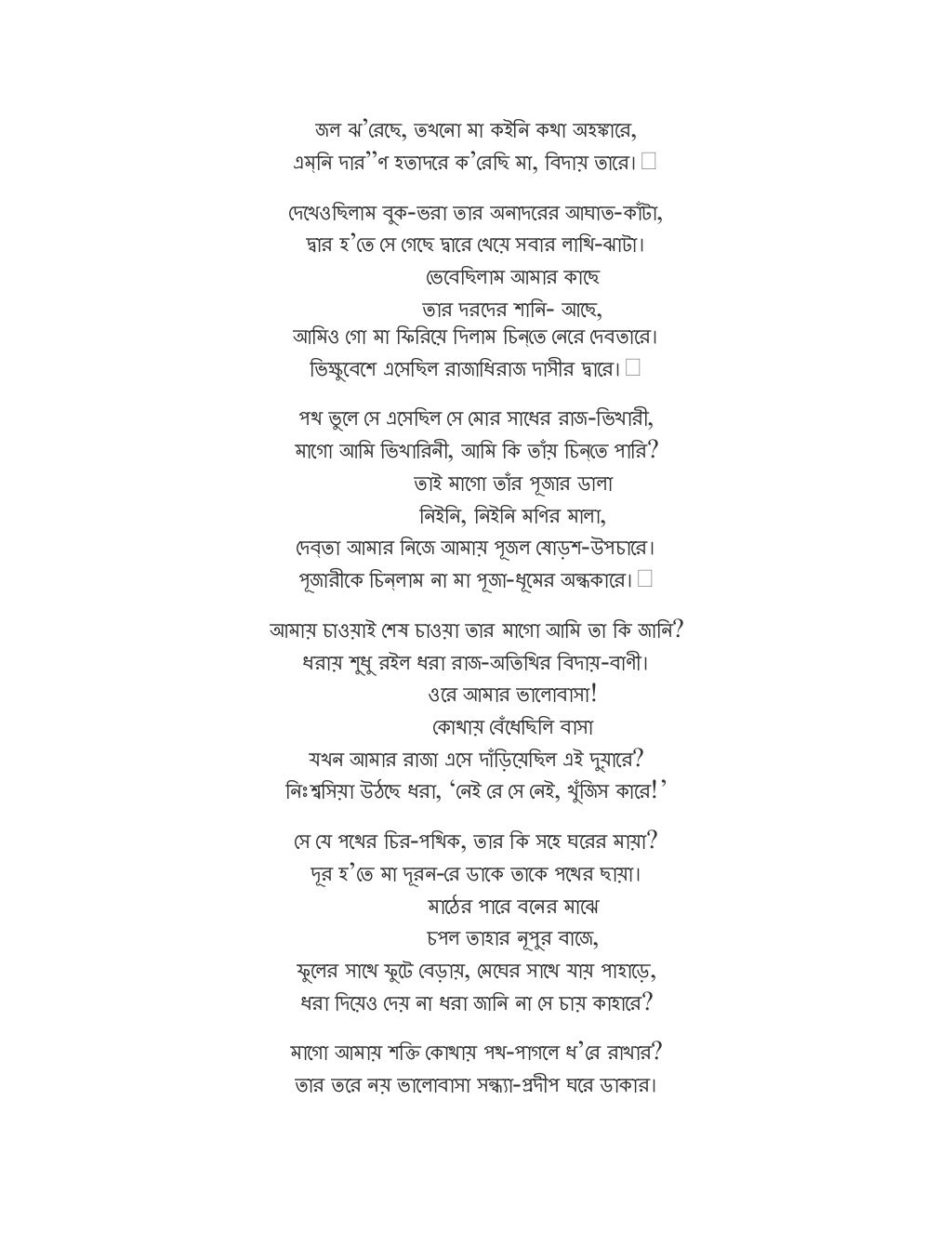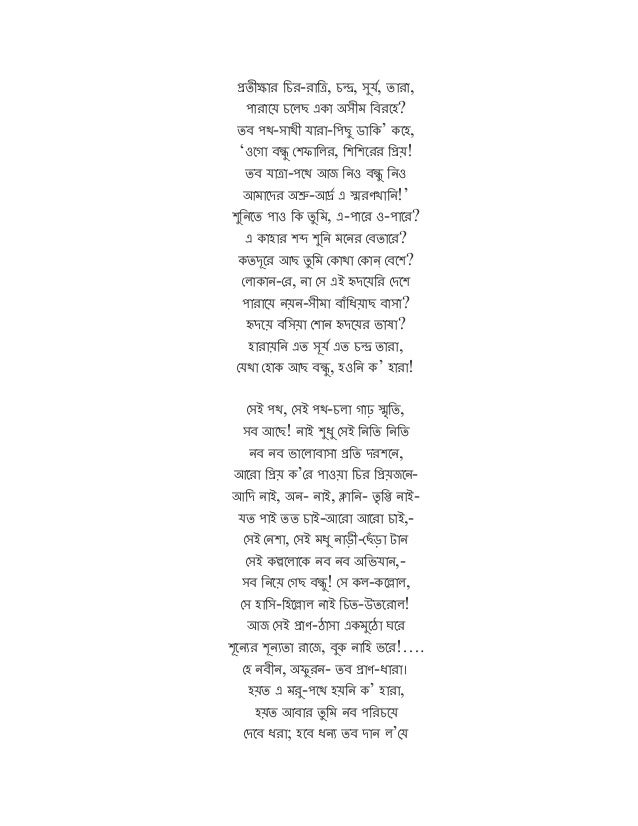

This mah ā v ā kya is in the Brihadaranyaka Upanishad of the Shukla Yajurveda.īrahman is the Infinite Reality, the all-encompassing existence in itself only when the ego dies can this be realized. Internet sources say that literally, Aham means “I”, that which cannot be deserted or abandoned on account of being constant, unavoidable, ever-present. It is one of the four Mahavakyas used to explain the unity of macrocosm and microcosm. This poetry imbibes Sanskrit aphorism Ahaṁ Brahm ā smi “I am the Absolute”. It also strongly emphasizes the convergence of the roles of both sexes and their equal importance to life and nature. And on the degree of effort, the Bidrohi is a Swadeshi - a nationalist - combat to end the British Raj. The Bidrohi of Nazrul’s poetry is the unending fanatic against grievance, incomprehension, and oppression: he is the defender of the needy and the powerless, of the marginalized assemblies of rural Bengal of India. Here is my analysis of the same in 5 parts.


Many have seen, in this poem, elements of grief,heroism, and love. Originally published in several periodicals, the poem was first collected in 1922 in a volume titled Agnibeena: the first anthology publication of Nazrul’s poems. “Bidrohi” is a popular revolutionary Bengali poem and the most famous poem written by Kazi Nazrul Islam (written during the month of December 1921).


 0 kommentar(er)
0 kommentar(er)
